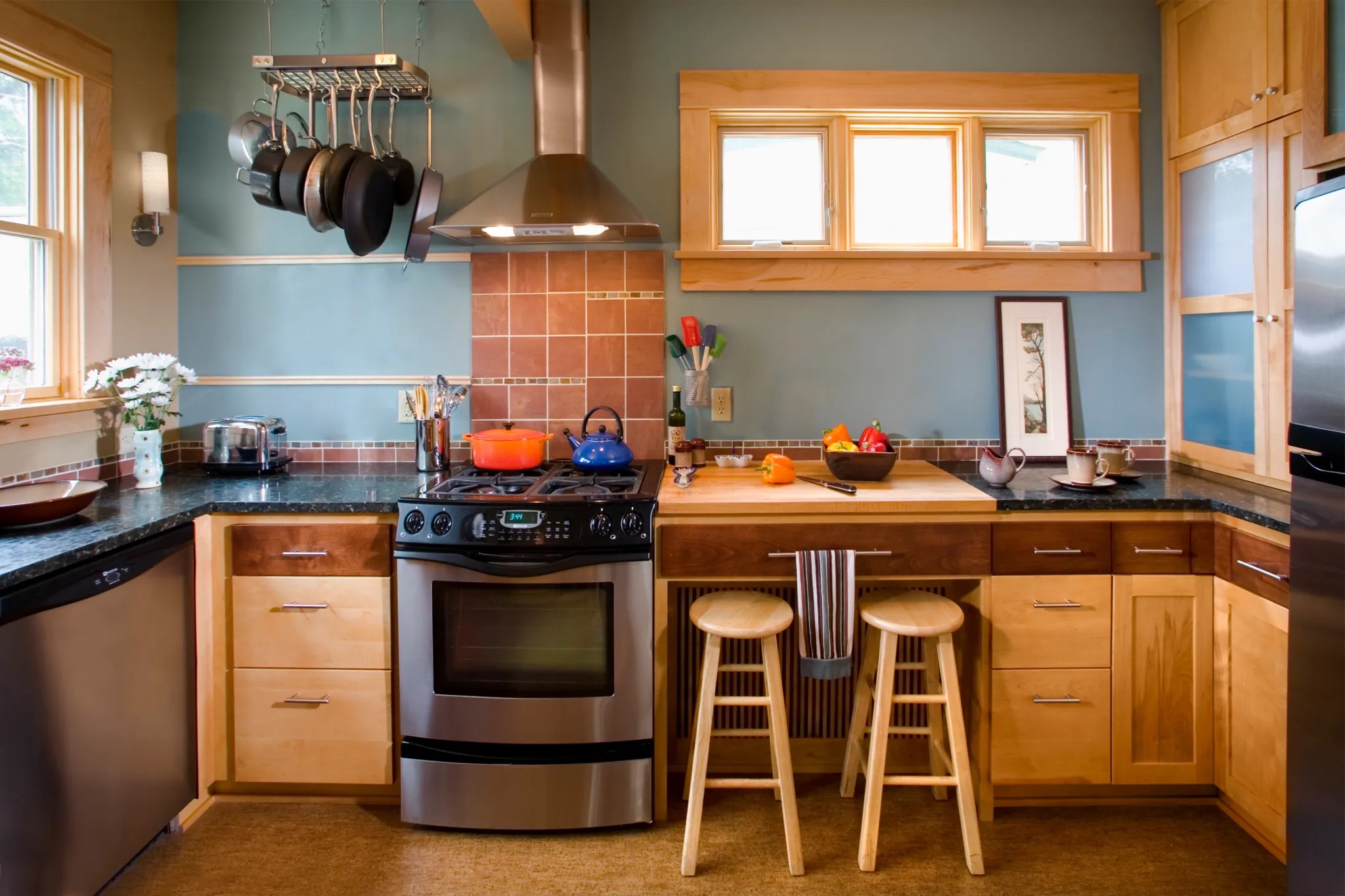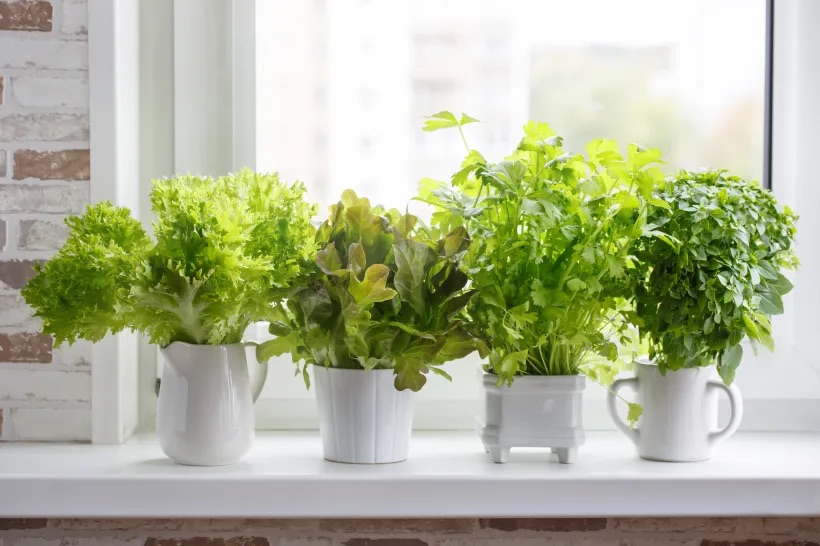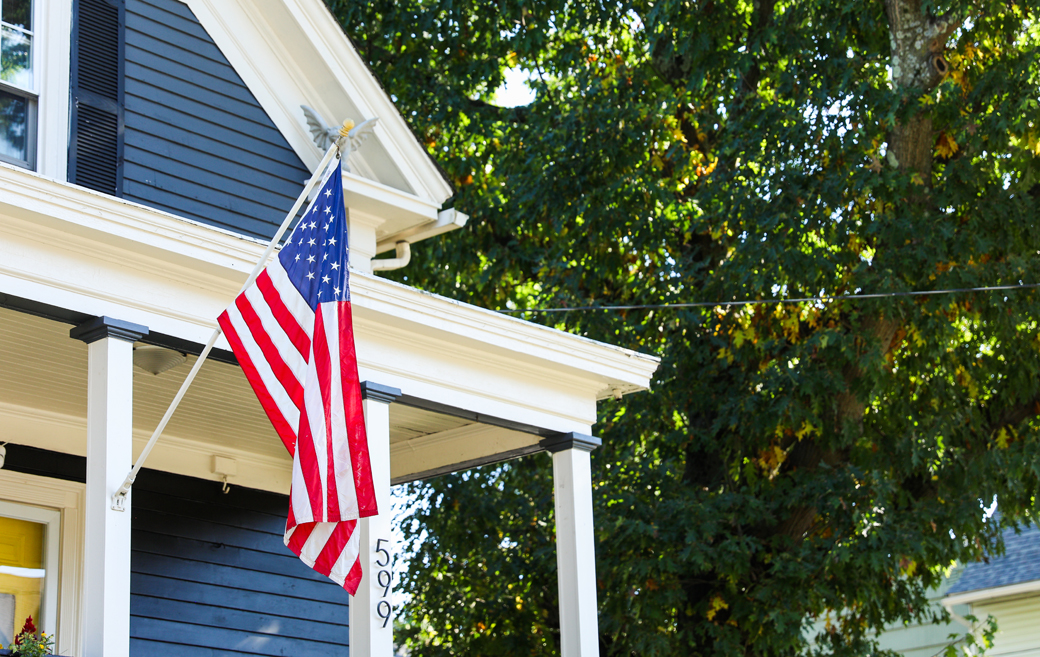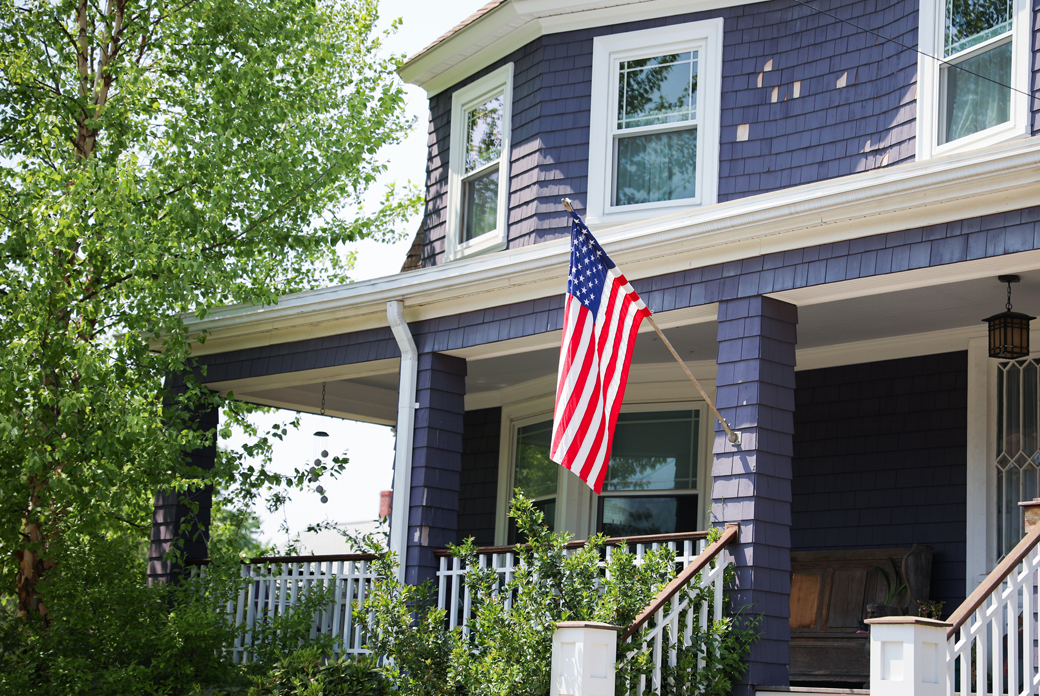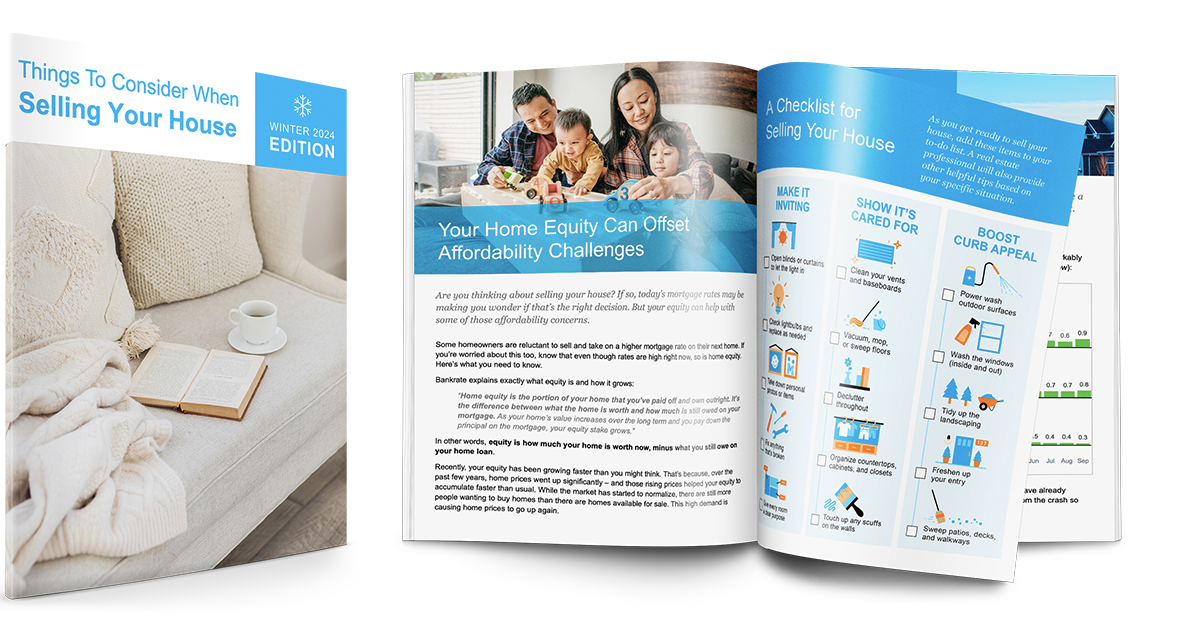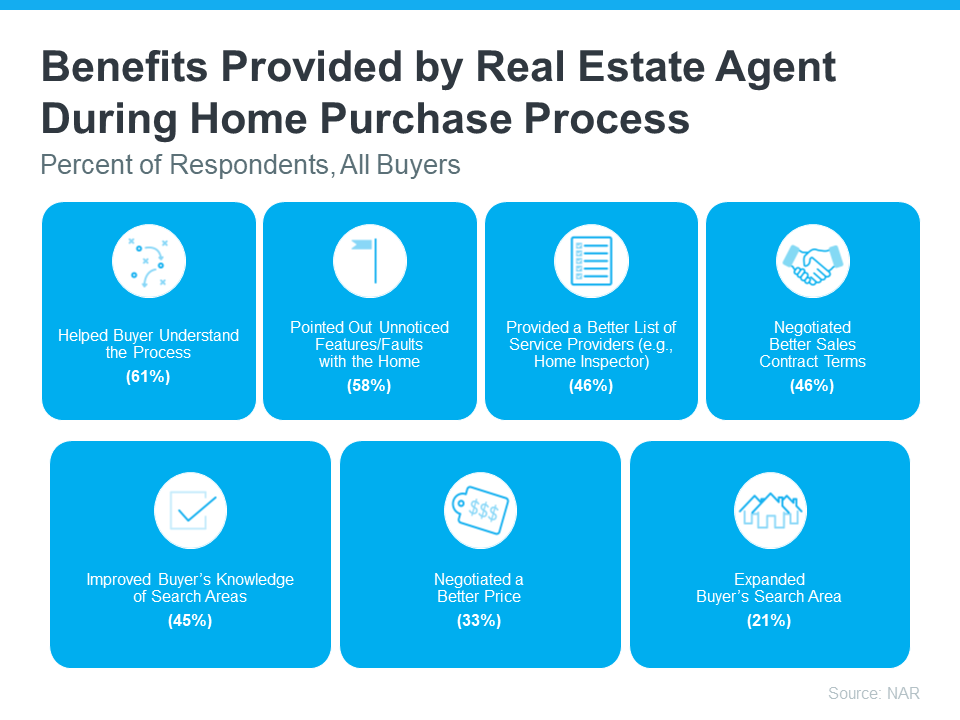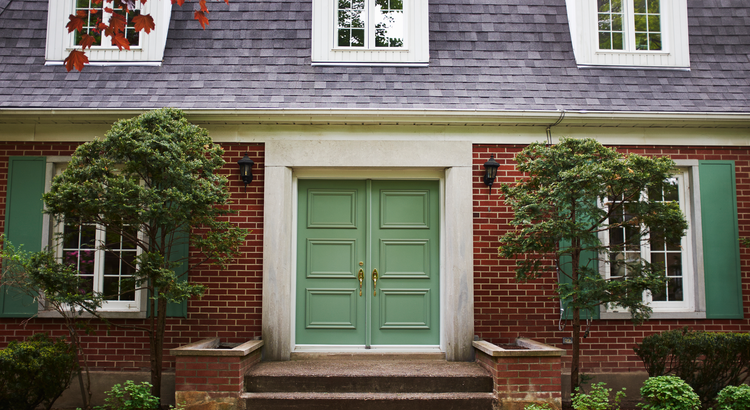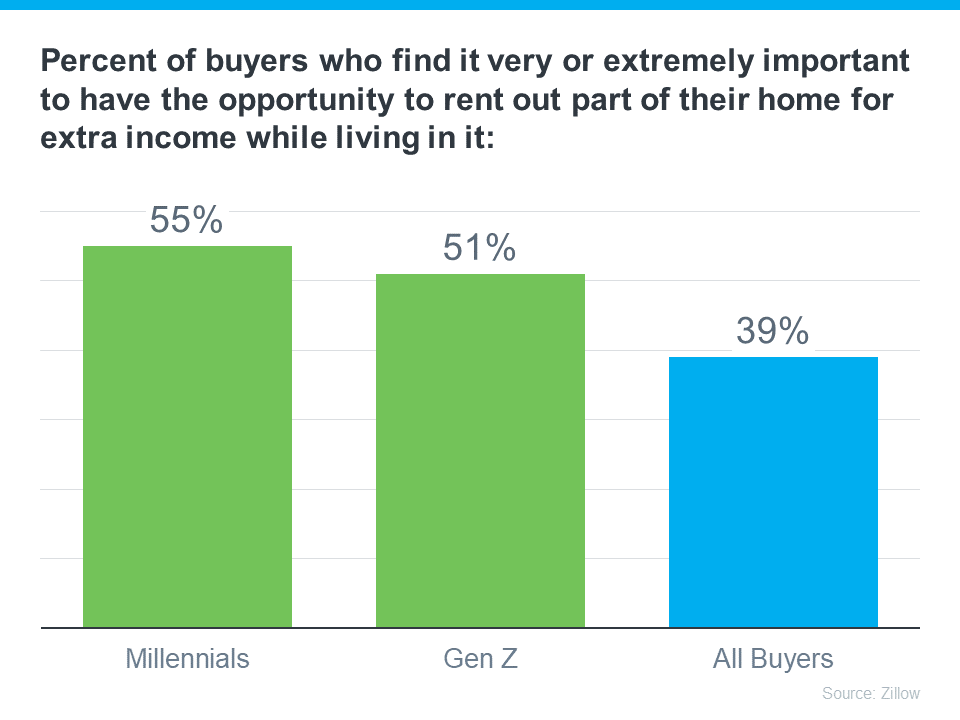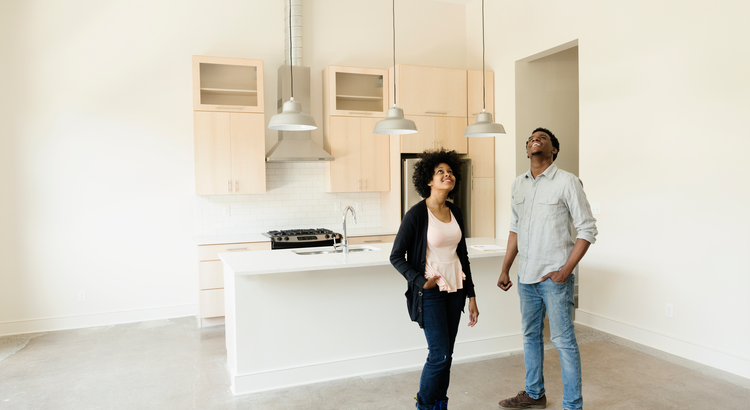What You Need to Know About Quartz Countertops
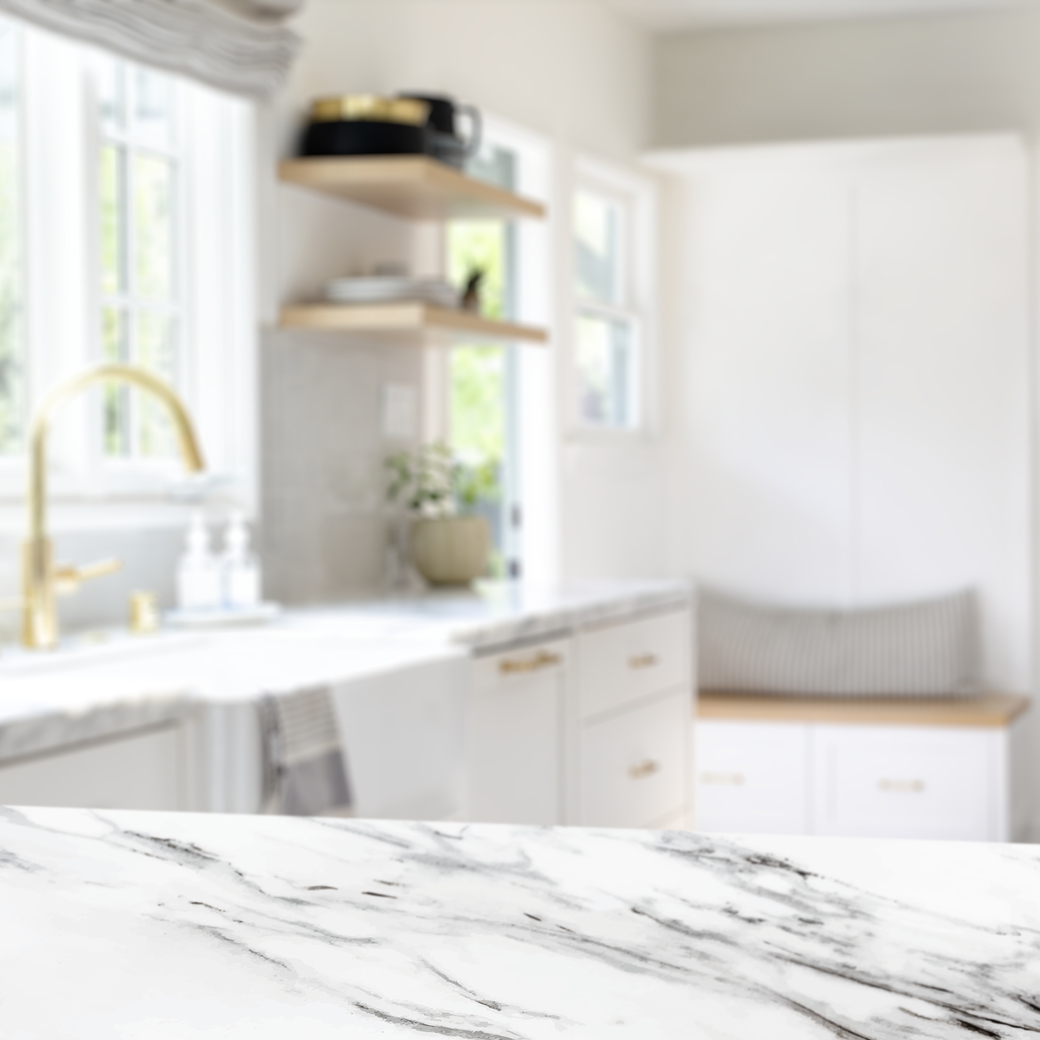
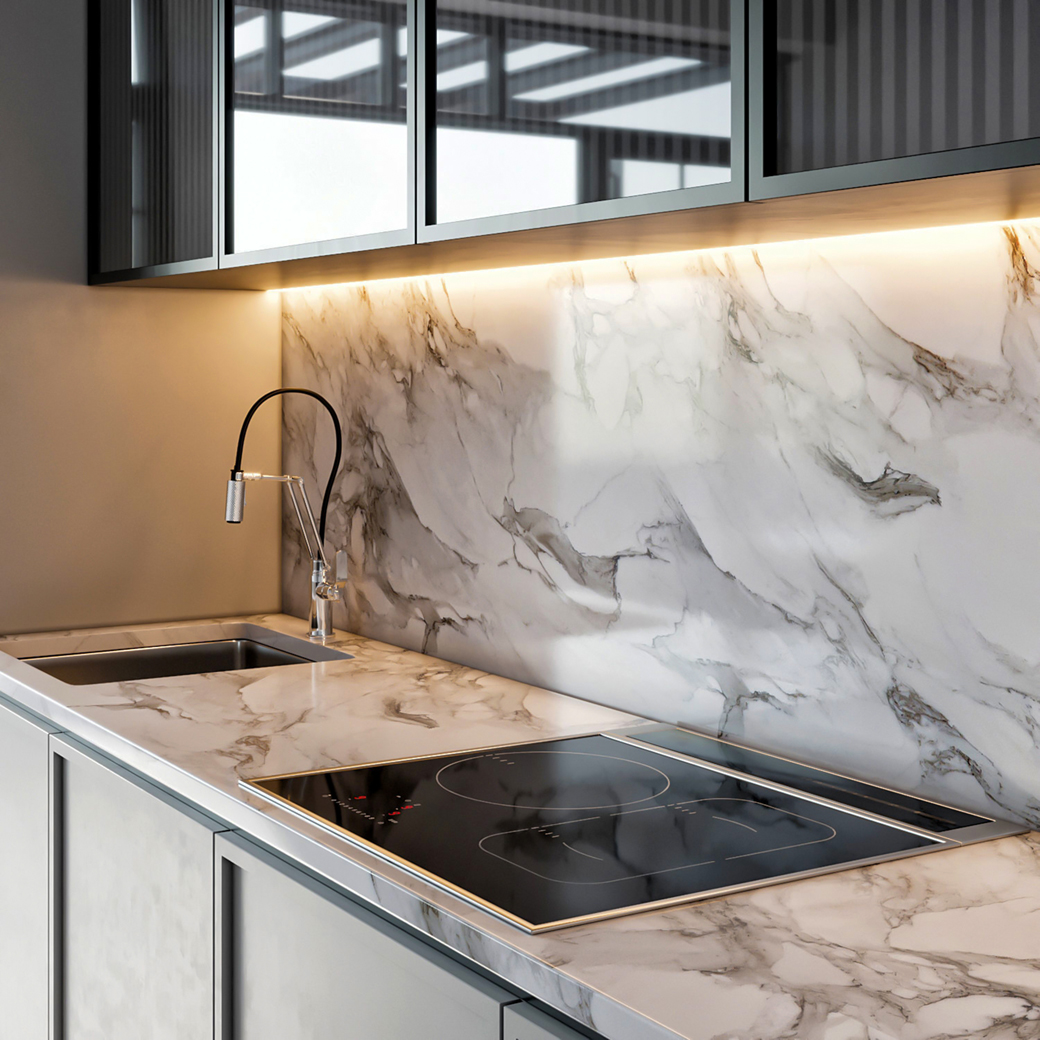
Everything You Need to Know About Quartz Countertops
Your kitchen deserves countertops that combine style and durability. Find out if quartz is the right choice for you.
The kitchen is often the heart of the home, a gathering place for family and friends. Naturally, you want it to be inviting and practical. With the hustle and bustle of daily life, having durable countertops is essential, especially if you have little ones helping out in the kitchen. Quartz countertops have become a popular choice for kitchens, but before you make a decision, it’s crucial to understand the advantages and disadvantages and explore alternative options.
Pros of Quartz Kitchen Countertops
1. Durability: Quartz countertops are exceptionally durable, crafted from a blend of natural stones and stone-like materials bonded with resins. Manufacturers press these materials into solid, nonporous slabs, ensuring your countertops won’t chip or crack from everyday use, even with little ones assisting in the kitchen.
2. Stain-Resistance: Quartz boasts high stain resistance due to its nonporous surface. However, it’s worth noting that certain substances like red wine, coffee, tea, tomato sauce, and juice can stain quartz if not promptly cleaned. Stains occur when these liquids interact with the resin. To maintain its pristine appearance, opt for gentle cleaners over harsh chemicals. The best part? Quartz is relatively low maintenance and doesn’t require sealing.
3. High Customizability: Thanks to advancements in engineered quartz, you have an array of patterns to choose from, whether you want a custom-made design or the look of granite or marble.
Cons of Quartz Countertops
1. Pricey: Quartz tends to be on the expensive side when compared to materials like marble and limestone. On average, quartz kitchen countertops cost between $40 to $100 per square foot when installed.
2. Prone to Heat Damage: While quartz is heat-resistant, approximately 10% of a quartz countertop slab is not. Placing hot cookware directly on a quartz surface can lead to unsightly stains.
3. Requires Professional Installation: Installing quartz countertops is generally not a DIY project due to the material’s weight. It’s essential to enlist professional help to ensure your kitchen can support the countertops.
What to Look for in a Quartz Countertop
When selecting a quartz countertop, keep an eye out for these quality indicators:
Cohesive Coloring: Examine separate slabs from the quartz you intend to purchase. Are they consistent in color?
Coloring Through the Surface: Ensure that the veins and colorations visible on the surface of the quartz extend throughout the entire slab.
Consistent Aggregates: Aggregates, the pebbles along the countertop’s edges, should maintain consistency in size throughout.
Alternatives to Quartz Countertops
Your kitchen countertops should align with your lifestyle and the aesthetics of your space. Before making a decision, explore various options, including:
Marble: While marble is often comparable in price to quartz, it offers a unique and elegant appearance. Marble has a porous surface, making it susceptible to stains, especially from acidic substances like tomato sauce or lemon juice. Quartz, although nonporous, can still stain.
Slate: Slate is equally durable as quartz but features more uniform designs and aggregates. It tends to be more expensive than quartz and requires regular sealing.
Granite: Granite countertops are a natural option compared to the engineered design of quartz. While prices may be similar, granite necessitates more maintenance due to the need for regular resealing.
The Cost of Quartz Counters
The cost of quartz countertops depends on factors such as brand, design, thickness, project size, and installation. On average, expect to invest between $1,750 and $3,000 for quartz counters in an average kitchen with 30 square feet of countertop space. The average price hovers around $2,300. To put this into perspective, other popular countertop choices like granite can range between $2,500 and $5,000 for 30 square feet installed, while marble may cost between $2,000 and $7,000.
Questions for Your Contractor
Before hiring a professional to install your new countertops, ask the following questions:
– Is your team experienced in installing quartz countertops?
– Will replacing my kitchen countertops require a permit?
– What are your charges for countertop installation, including the removal of my old countertops?
– Will you handle the relocation of my appliances and fixtures during installation, or is that my responsibility?
– Do you have insurance that covers any potential damage to my home or countertops during installation?
– Do you offer a warranty in case of issues with the countertops after installation?
These questions, along with the information provided, will help you make an informed decision regarding whether quartz countertops are the ideal choice for your kitchen.
Infuse Personality into Your Kitchen: 4 Creative Design Ideas
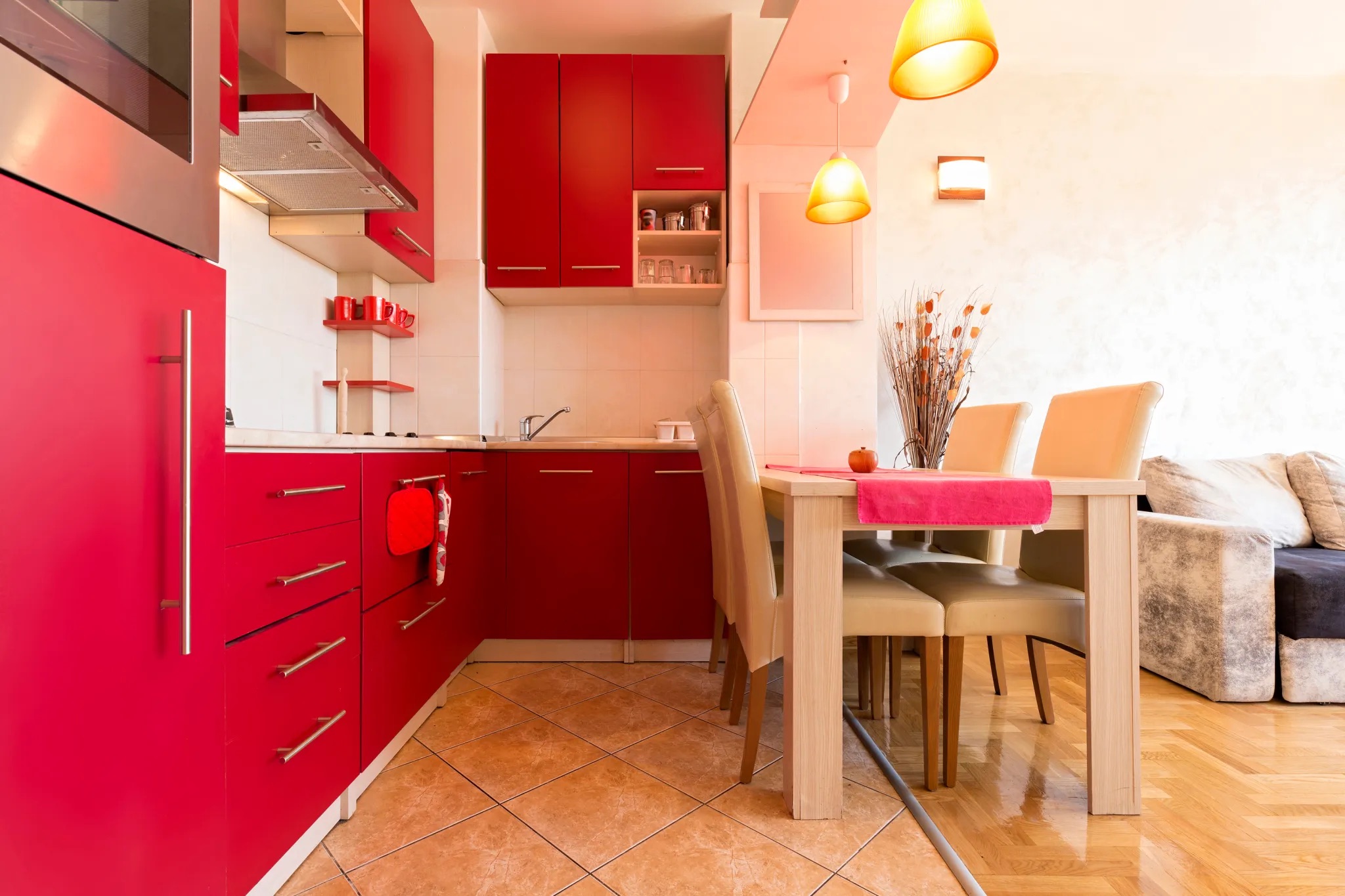
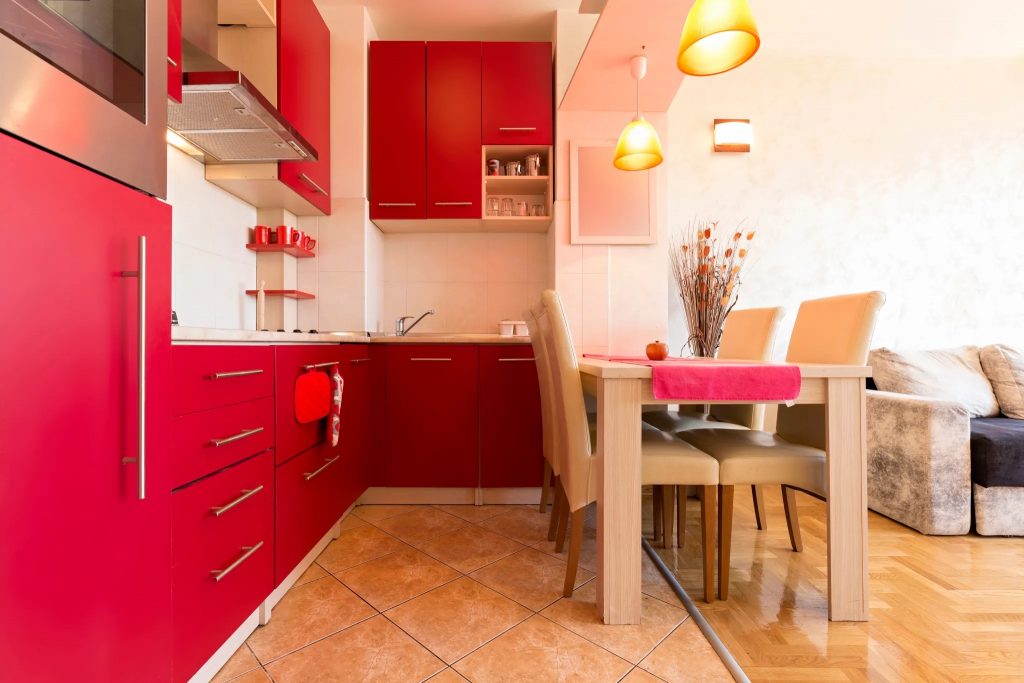
Kitchens have evolved into more than just spaces for culinary endeavors; they now serve as central hubs for various activities. As homeowners seek to express their individuality while ensuring a harmonious flow throughout their homes, kitchens are becoming increasingly personalized. Here are four ways, both subtle and bold, to infuse personality into your kitchen design.
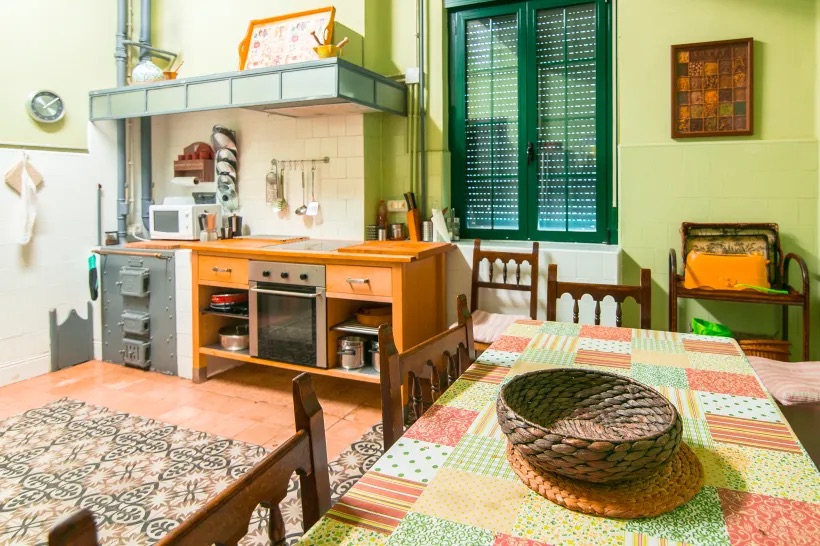
#1 Create a Unique Kitchen
If you’re passionate about individuality and aesthetics, you can draw inspiration from platforms like Pinterest and Instagram. While incorporating your distinctive choices, avoid making changes that would be costly to reverse if you decide to sell in the future. Designer Sharon McCormick of Sharon McCormick Design in Hartford, Conn., advises, “Do what feels good for you and nobody else.” Consider simple, affordable updates such as relocating a rug for a pop of color, showcasing artwork, or displaying collectibles on floating shelves or in glass-fronted cabinets. For more substantial, long-lasting changes, think about hand-scraped floors, wire-brushed lacquered cabinets, or elegant hardware options.
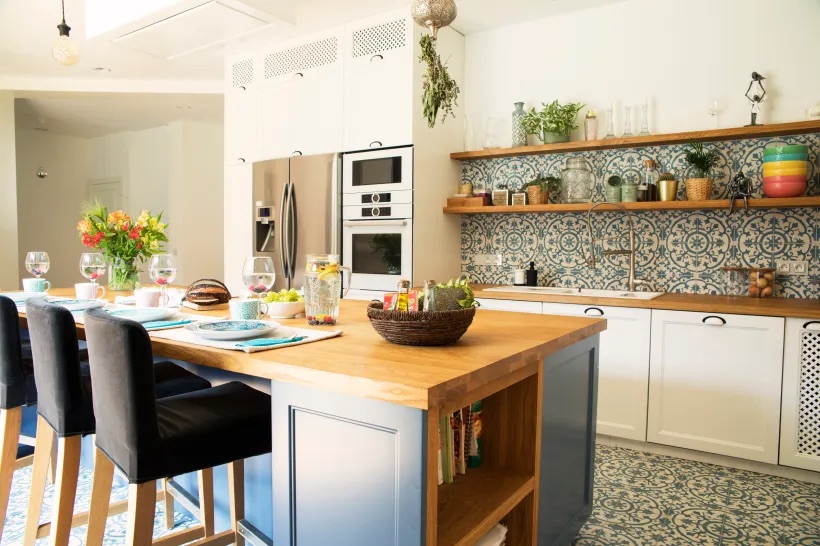
#2 Express Yourself Through Color
Color is a powerful tool to transform your kitchen’s personality quickly. While white, gray, and beige remain popular choices, livelier hues are making a statement. A 2021 Houzz survey noted the emergence of blues and greens. If you’re hesitant about bold shades, incorporate them subtly – perhaps in the form of a colorful island, backsplash tiles, or a unique-colored appliance. Paint manufacturer Sherwin-Williams suggests that green kitchens are on the rise, offering a connection to nature. Consider pairing green with wooden elements in floors, furniture, or countertops. Alternatively, explore the sophistication of black accents for architectural features like window frames, doors, and cabinets.
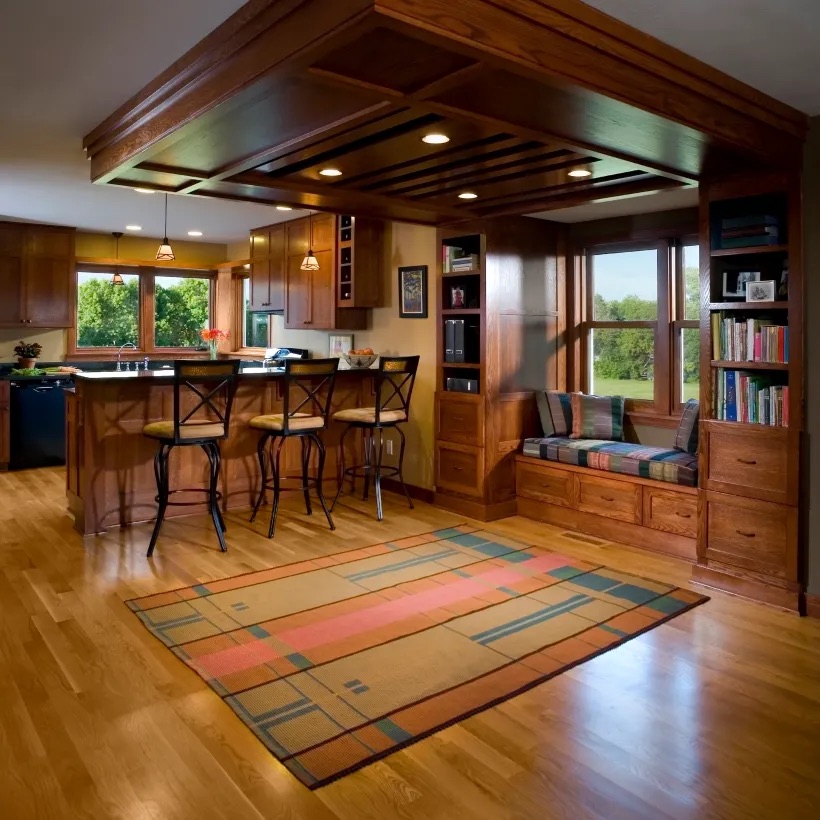
#3 Achieve Seamless Integration
The modern kitchen is more than a cooking space; it’s a place to live in. Whether you have an open floor plan or distinct rooms, aim for a seamless blend of furnishings, color palettes, and accessories. This approach eliminates abrupt transitions between spaces, promoting visual harmony. Designer Sharon McCormick highlights that you can even move chairs between rooms when needed for extra seating. Achieving cohesion may involve using the same style of cabinetry or introducing a common element in the form of similarly colored accessories.

#4 Embrace Smart Appliances for Convenience
Embrace technology to make your kitchen more efficient. Wi-Fi-enabled appliances, such as ovens you can preheat remotely, offer convenience. Faucets with touch-sensitive technology, like Delta’s Touch2O, allow you to control water flow with a touch, ideal for busy cooking sessions. While smart fridges that track inventory are an option, consider adding more outlets and USB ports to create a convenient charging station for various devices. These practical additions enhance your kitchen’s functionality without major renovations.
A creative kitchen is a reflection of your family’s interests and seamlessly integrates with the rest of your home. You don’t need to undertake extensive, expensive projects to elevate your kitchen’s ambiance – small changes can significantly enhance your overall satisfaction with this essential living space.

 Facebook
Facebook
 X
X
 Pinterest
Pinterest
 Copy Link
Copy Link
